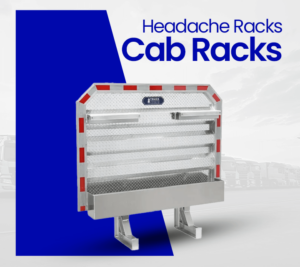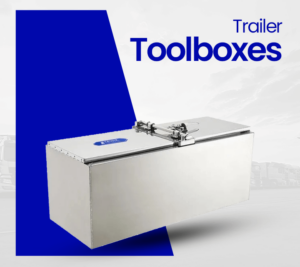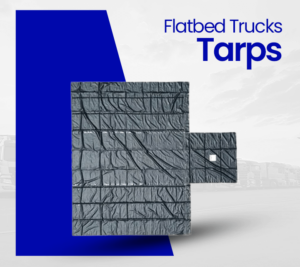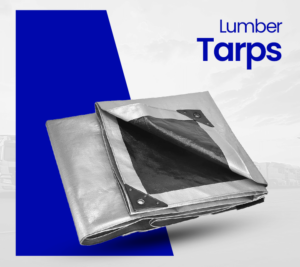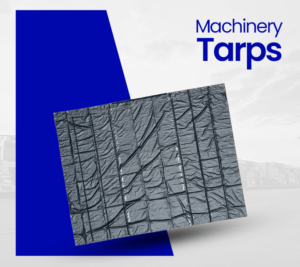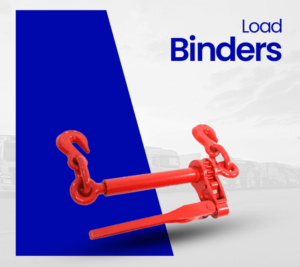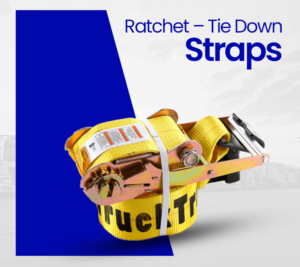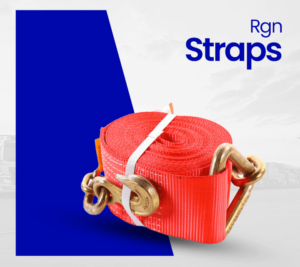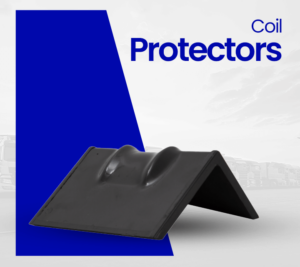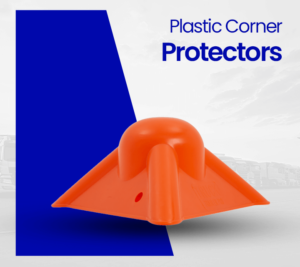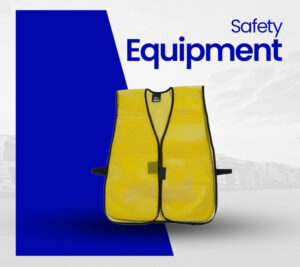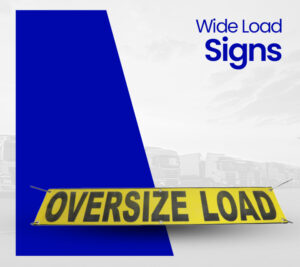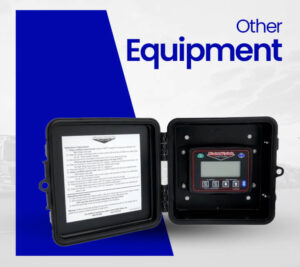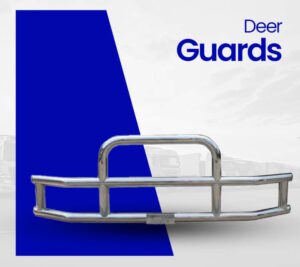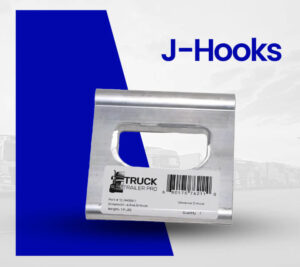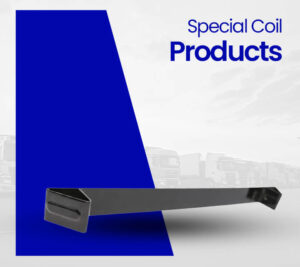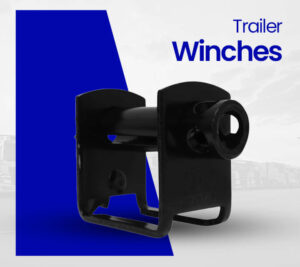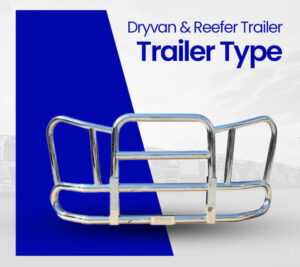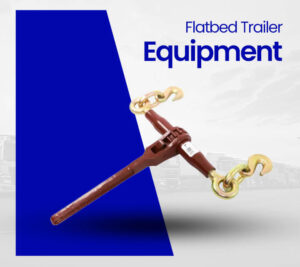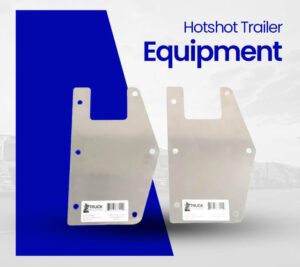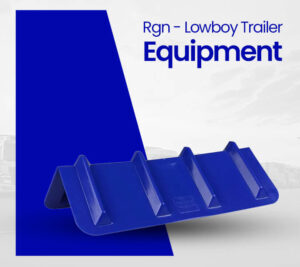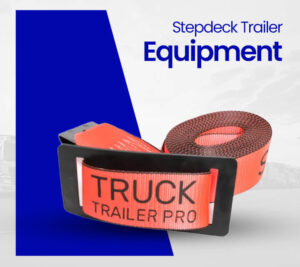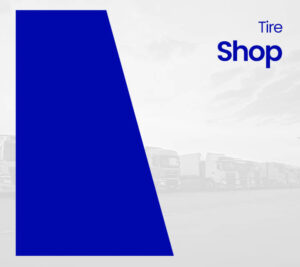Truck Tarp Terms Every Flatbed Driver Should Know

The internet is an incredible wellspring of data for new flatbed drivers attempting to figure things out. But reading conversations about unfamiliar terms can be a bit boring. For this reason, the driver should know and use the terms well before he/she starts work. This will also help in his/her research. It is necessary to use words well so that communication between those who know this business and beginners is not incomprehensible.
Perhaps the hardest thing about mastering flatbed trucking is figuring out how to cover loads. Truckers call this “tarping”, and it is a basic expertise for prevailing as a flatbed driver. It causes new drivers to become familiar with the wording so they can have beneficial talks with veterans.
With that in mind, here are some truck tarps terms that every flatbed truck driver should know:
• Tail
Tail or flap in an additional piece of material that hangs off the back of the cargo. Some tarps have an extra flap for the front, in situations when a trailer does not have a bulkhead. The purpose of the tail is to give that additional security at the rear. As an extra advantage, the tail likewise helps truck drivers better position their tarps by giving them a focusing reference point.
• Drop
Each flatbed burden must be represented as far as both width and height. The term “drop” alludes to the height of the load.
• Gusset
Tailors know the gusset as an additional piece of material sewn into a garment to allow for motion. In the truck tarp field, a gusset is likewise one additional piece of material. They are not only for a movement but also, they serve as an extra rain flap. Gussets are sewn into each side of the covering, along the back edge. When the tarp is collapsed down to cover the drop, gussets are collapsed over the back of the load and over the highest point of the tail.
• D-Rings
This name is coming from its shape of a ‘D’ and sewn into tarps at determined intervals. They are reinforced by additional material and stitching so they do not pull out under burden. The main purpose of the D-Ring is to provide a junction point for bungee straps or a circle through which a webbing strap can be threaded. D-Rings help to keep tarps set up.
• Tarping System
This term is utilized to portray a total framework compromising of an aluminum frame, tarp, and engine used to send tarps automatically. Such systems are found most often on dump trucks and trailers. Also, they can be utilized with side kits as well.
From now on, you probably know the most widely recognized tarping terms in flatbed trucking industry and it is the ideal opportunity for you to begin stocking your truck with tarps, straps, and edge defenders essential for carrying out your load.
You will discover all that you need directly here at TruckTrailerPro.



